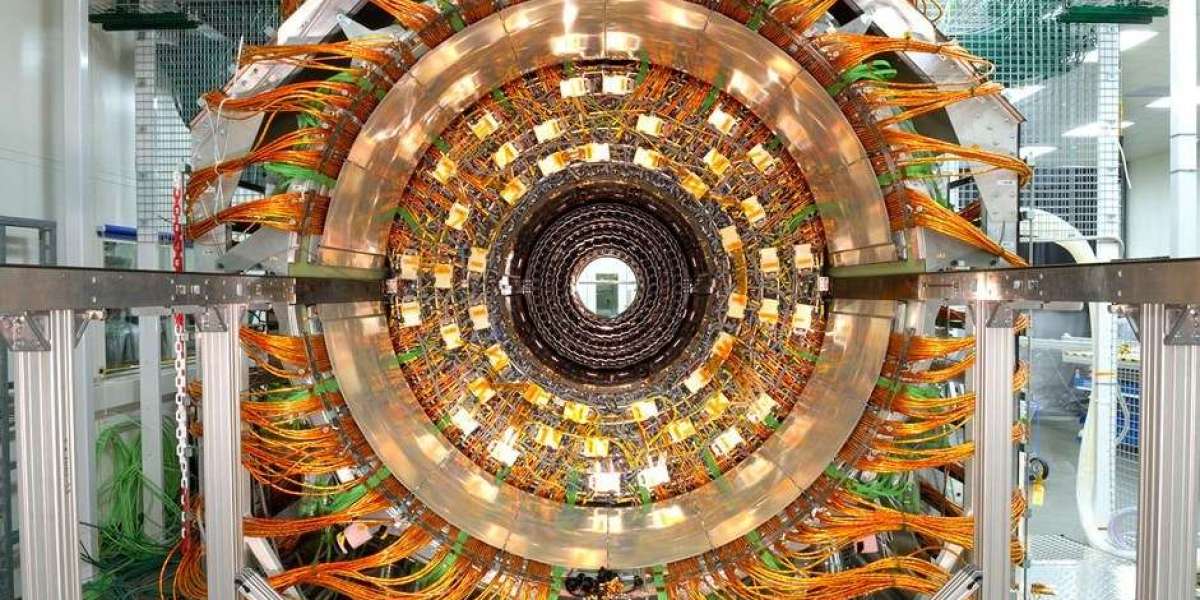The Blazing Core of the Sun
When we think of extreme heat, the Sun immediately comes to mind. The Sun’s core is a furnace like no other, with temperatures reaching an astounding 15 million degrees Celsius (27 million degrees Fahrenheit). This intense heat is driven by nuclear fusion, the process in which hydrogen nuclei combine to form helium. In this reaction, an enormous amount of energy is released, sustaining the Sun’s heat and light output, which powers life on Earth.
The Sun’s core is far hotter than its surface, which is a comparatively mild 5,500°C (9,900°F). The difference arises because of gravitational compression and the intense fusion reactions at the core. Under immense pressure and density, hydrogen nuclei overcome their natural repulsion, fuse, and release energy in the form of light and heat. This heat is not just staggering—it’s constant, sustaining the Sun’s brilliance for billions of years.
Earth’s Hottest Laboratory Temperatures
While the Sun’s core is inconceivably hot by everyday standards, humans have managed to recreate even more extreme temperatures in controlled experiments here on Earth. At facilities like CERN’s Large Hadron Collider (LHC), scientists collide heavy ions such as lead nuclei at nearly the speed of light. These collisions create a state of matter known as quark-gluon plasma, where quarks and gluons—fundamental particles normally confined within protons and neutrons—move freely.
The temperatures produced in these collisions are mind-boggling, reaching trillions of degrees Celsius, vastly exceeding the heat of the Sun’s core. These are fleeting glimpses into the conditions that existed microseconds after the Big Bang, allowing physicists to study the very origins of matter. Unlike the Sun’s steady, long-lasting core heat, these extreme terrestrial temperatures exist only for fractions of a second and in microscopic volumes, making them both challenging and fascinating to study.
Comparing Stellar and Human-Made Heat
The comparison between the Sun and particle colliders highlights the diversity of extreme heat in the universe. The Sun demonstrates the power of sustained fusion over vast scales, while particle colliders push the boundaries of short-lived, ultra-extreme conditions. Both teach us about the fundamental physics governing the cosmos, from stellar processes to the very birth of matter itself.
Understanding these extremes has practical implications too. Studying fusion in stars helps scientists work toward fusion energy on Earth, a potential source of limitless clean power. Quark-gluon plasma experiments, on the other hand, deepen our knowledge of particle physics, potentially unlocking new insights into the universe’s building blocks.
Conclusion
Extreme heat is not just about raw temperature—it’s a window into the workings of the universe. From the Sun’s billions-of-years furnace to the ephemeral fire of particle colliders, these extremes remind us of the remarkable scales and forces at play in nature and human ingenuity.
FAQ
Q1: How hot is the Sun’s core compared to its surface?
The Sun’s core reaches around 15 million °C, while the surface is much cooler at 5,500 °C.
Q2: Can Earth ever reach temperatures as hot as the Sun’s core naturally?
No. Natural processes on Earth cannot generate the pressures and densities required for core-like fusion temperatures. Only particle colliders or nuclear explosions approach extreme heat.
Q3: What is a quark-gluon plasma?
It’s a state of matter where quarks and gluons move freely, unlike in normal matter where they are confined inside protons and neutrons. This occurs at trillions of degrees.
Q4: Why do particle collisions at CERN get hotter than the Sun’s core?
Because colliding particles at near-light speed concentrate immense energy into a tiny volume, creating extreme, albeit fleeting, temperatures.
Q5: How long do these extreme temperatures last in colliders?
Only fractions of a second, unlike the Sun’s core heat, which is sustained for billions of years.
Reliable Sources:
-
NASA – Solar Physics








